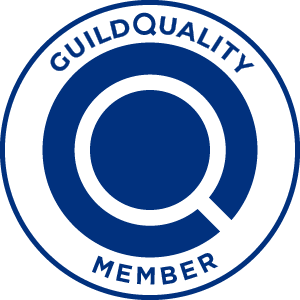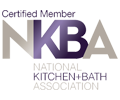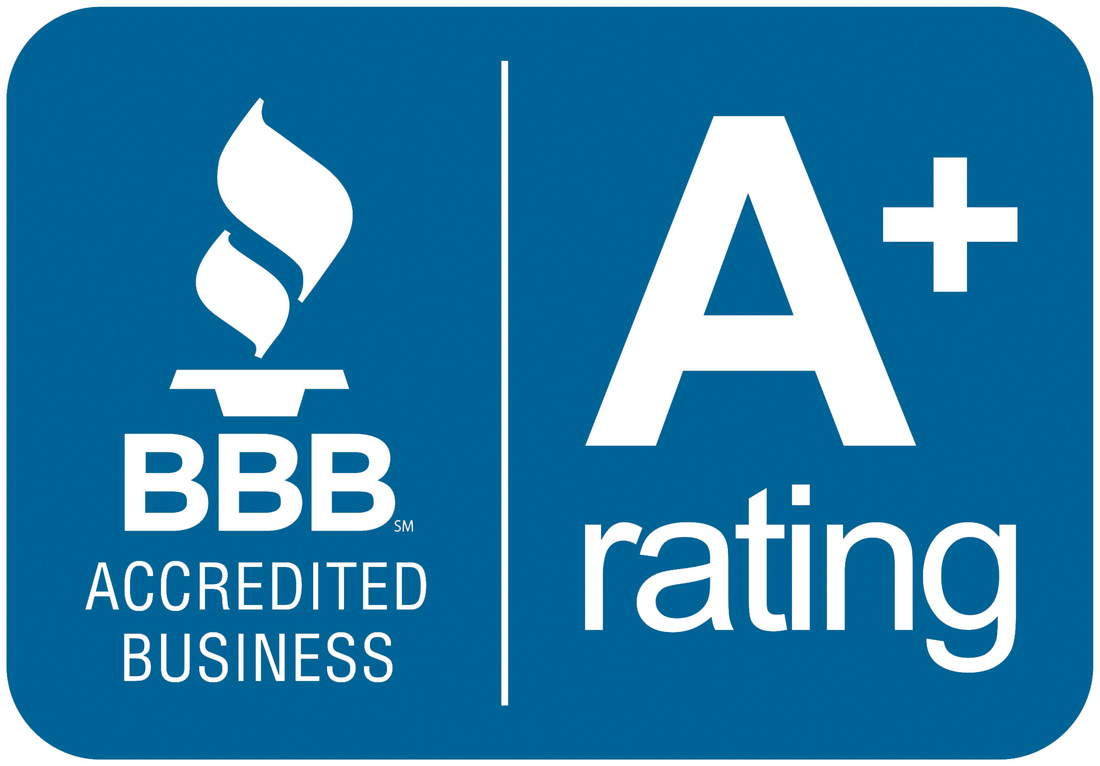
Homeowners who are designing a kitchen from scratch or planning a substantial remodel often request an accessible yet elegant kitchen design. While each family’s kitchen is unique, there are some essential kitchen design concerns that must be considered to achieve a beautiful, functional space. In this post, your trusted mobility remodeling expert discusses some of the most important accessible kitchen design aspects.
Remember that a universal design kitchen does not offer the same level of adaptability as a wheelchair-accessible kitchen. Again, demands will drive design components. However, accessible kitchen design features generally include the following:
1. Additional space. A few extra inches added to the design can result in a more spacious kitchen layout that is simpler for everyone to use, but especially those using crutches, a walker or a wheelchair. Consider the space between the cooktop area and the island, as well as the area surrounding the refrigerator, oven or dishwasher with the door open.
2. Adjustable countertop heights. The typical countertop height is 36 inches, although this height is not suitable for everyone. Short family members and wheelchair users will require a lower counter to work comfortably in the kitchen. Electric or manually adjustable countertops and sinks can elegantly solve the problem, resulting in a kitchen that works for the entire family.
3. Pullout shelving. Pullout shelves make it possible to reach high wall cabinets without straining. They also bring the contents of your kitchen cabinet to you, whether you’re searching for convenience or to accommodate a mobility-challenged user. The same rules apply to pantries, spice racks and trash cans.
4. Levers and bar handles. Ask your kitchen quote provider and they’ll tell you that wide bar handles, rather than delicate knobs, are better for kitchen cupboards and drawers, especially when used by household members with weak grips or who have arthritis. In addition, accessible kitchens often have lever or touch-operated taps that are easy to turn on and off.
5. Sink. Designing an accessible kitchen requires a sink of the appropriate size. When choosing a sink, consider its height, depth and width. Lower the sink for seated users as needed. A shallow, six-inch deep sink reduces overreaching and allows for knee room under the installation.
6. Good lighting. For individuals with impaired eyesight, natural light is the best source of illumination but not every kitchen has enough of it. Create a lighting strategy to compensate for inadequate natural lighting. Any lighting scheme should include enough ambient lighting, as well as good task lighting around the sink, stove and food preparation areas.
Let’s Start a Conversation!
If you search online for “kitchen remodeler near me,” you’ll come across one of the area’s top options: DreamMaker Bath & Kitchen of Northwest DC. Our full-service remodeling strategy serves clients from design through installation. Contact us by calling (202) 933-7196 or completing this convenient online form! We are proud to serve homeowners in Bethesda, Chevy Chase, Arlington, McLean, Georgetown, Woodley Park, Friendship Heights, Glover Park, Cleveland Park, The Palisades and many surrounding communities. Come visit us in our design center or give us a call today!





